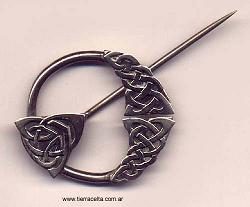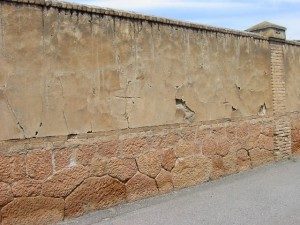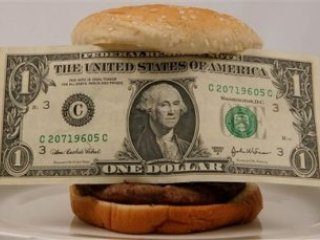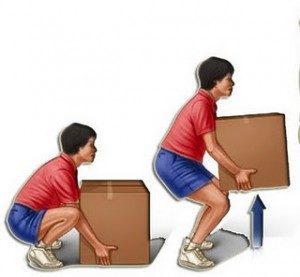 Muscles are made up of the union of a group of cells that constitute contractile units whose function is to provide their movement capacity, each of these units or cells is known as muscle fiber.
Muscles are made up of the union of a group of cells that constitute contractile units whose function is to provide their movement capacity, each of these units or cells is known as muscle fiber.
From muscle fiber to muscle
The muscle fibers have the shape of an elongated filament, they gather in groups that are arranged in a parallel way forming sheets, each group contains blood vessels and is covered by connective tissue forming the muscle bundles that join each other to give rise to the muscle.
The connective tissue is formed mainly by collagen, this has the function of creating independent compartments and also providing the spaces through which the blood vessels circulate that carry both oxygen and nutrients to the muscle cells and bring waste substances such as waste products back to the general circulation. carbon dioxide (CO2) as well as the products resulting from muscle activity, among which lactic acid predominates.
The importance of the muscle being made up of compartments lies in the fact that this allows movement to be carried out only in part of it and not in its entirety. In the case of large muscles such as the deltoid, which is located in the shoulder, the contraction of its front part helps to bring the shoulder forward, while when its back part is contracted, the shoulder moves more towards the rear.
Muscle fiber function
Muscle fibers are capable of contracting, shortening their length, this phenomenon is what allows movement in voluntary muscles or striated muscle, which are what make up the muscular system.
A different type of muscle fiber is present at the level of the heart that gives rise to the heart muscleIn this, the contraction of muscle fibers allows the heartbeat necessary to propel blood through the circulatory system to occur.
The viscera contain other types of muscle fibers that originate the smooth muscle, the contraction of these fibers is an involuntary process and allows movements to occur that increase or decrease the diameter of the hollow viscera and the different ducts, favoring or slowing down the transit of substances through it. An example of this occurs during digestion, the muscle fibers are shortened to give rise to peristaltic movements that favor intestinal transit with what food passes from the mouth to the esophagus, the stomach, the small intestine and finally the colon, in In this process many channels intervene facilitating the arrival of substances necessary in this process such as bile from the liver and enzymes originating in the pancreas.
Red and white muscle fibers
Muscle fibers have variations that allow them to adapt to the needs of each type of muscle. Some fibers are rich in a compound called myoglobin that makes them darker, these fibers contract slowly, other types of fibers are called white fibers, they have a larger diameter but contain less myoglobin.
The white muscle fibers have an anaerobic metabolism, they are designed to execute fast and powerful movements for a short period of time, the red muscle fibers they have a higher metabolism, they require the presence of oxygen so they are aerobic, they contribute to executing slower movements that require greater resistance and strength.
Photo: iStock - DaniloAndjus









